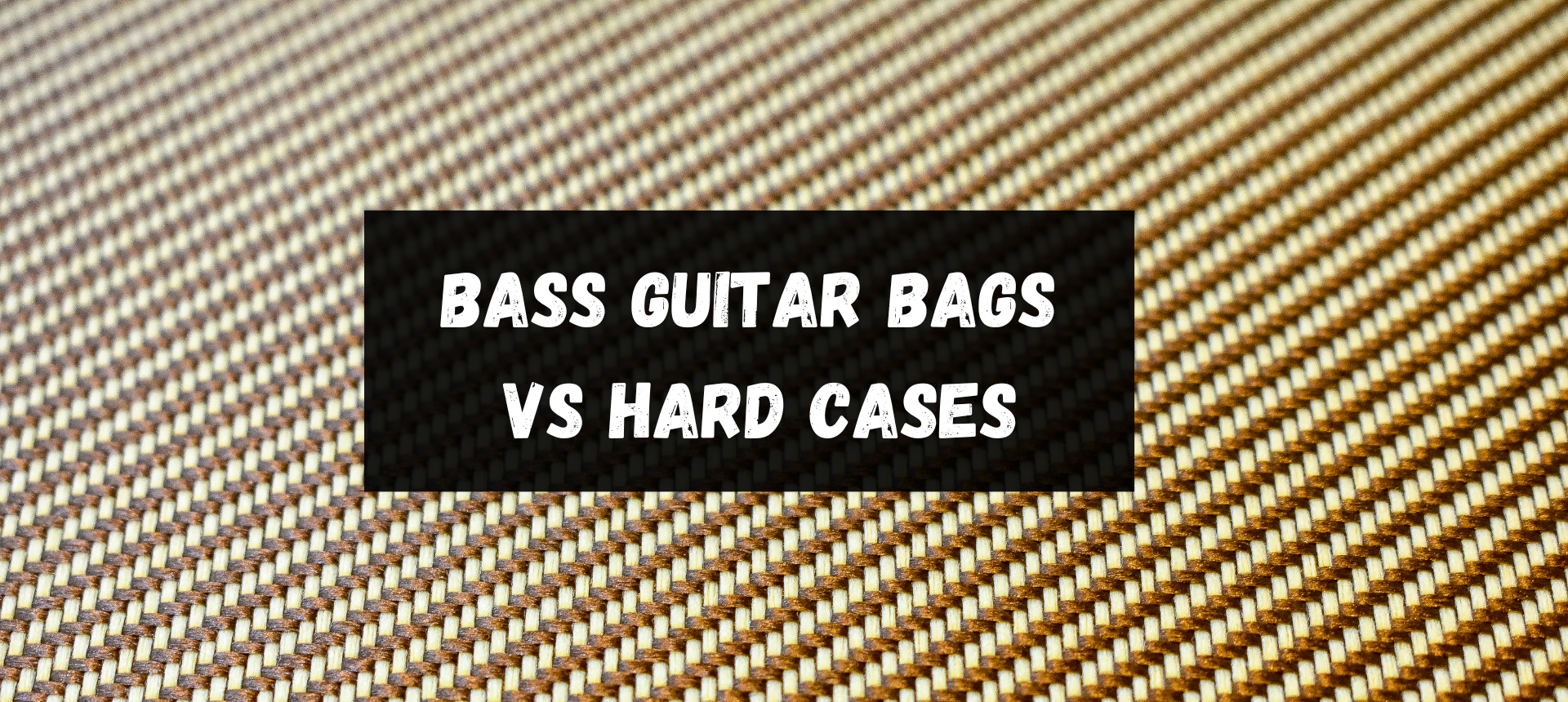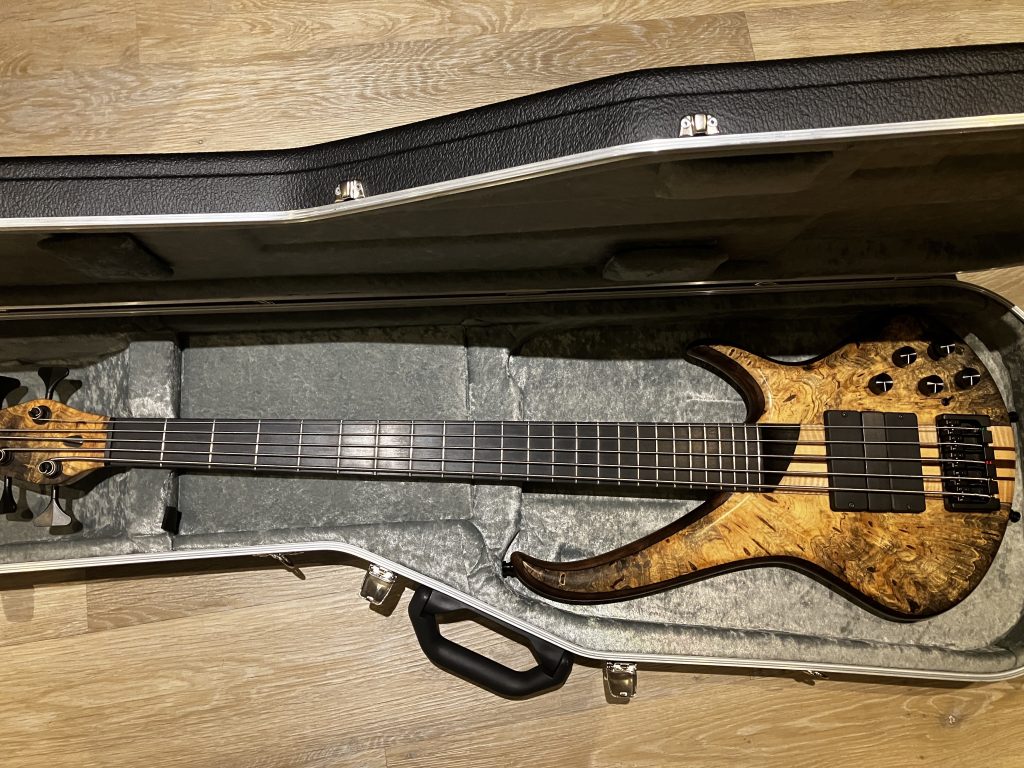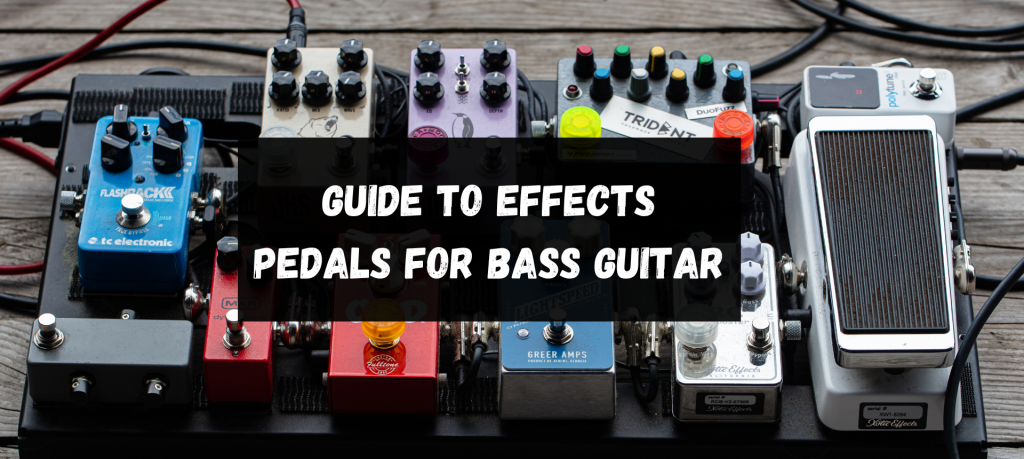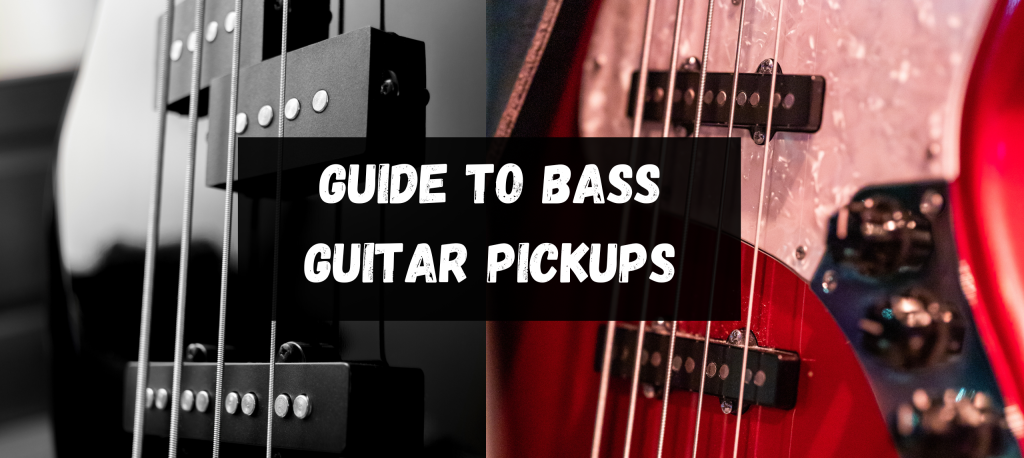March 9, 2024
Howard
A bass guitar bag is a protective covering explicitly designed for transporting and storing bass guitars. It safeguards the instrument from potential damage, dust, and environmental factors. These bags come in various materials and designs, catering to the needs of both amateur and professional bassists.
Overall, the more expensive your instrument, the more you’d likely want to invest in a quality case to protect it. Let’s help you decide.
Types of Bass Guitar Bags & Cases
At a glance, bass guitar bags and cases serve the same purpose. However, they have different features which are worth weighing up:
Bass Guitar Bags:
- Lightweight: Designed for musicians on the go, these bags are generally lighter than cases, making them ideal for quick commutes and casual gigs.
- Padded Protection: Most bags have a padded interior, providing a cushion against minor knocks and bumps.
- Storage Pockets: A handy feature of bags is the additional pockets, perfect for storing sheet music, tuners, and other small essentials.
- Versatility: Easily slung over the shoulder, they offer convenience, especially for urban musicians navigating public transport.
Bass Guitar Cases:
- Robust Structure: Cases are usually hard-shelled, offering complete protection against significant impacts.
- Climate Protection: Many high-quality cases offer protection against humidity and temperature fluctuations, preserving the instrument’s integrity.
- Secure Locks: Often coming with specific locking mechanisms, cases provide an added layer of security.
- Bulkier Size: Their sturdiness often means they’re more cumbersome and might be less convenient for frequent transportation.

Which one to choose?
If you walk a lot, choose a softcase as they are lightweight and can go on your shoulders. If you drive a lot, maybe you’ll choose the added protection benefits a hard case offers, and as the case is in your car, you won’t need to carry it so much!
Material Matters
The material of your bass guitar bag or case is not just about aesthetics. It’s an integral aspect that determines the durability, protection, and comfort levels that your cherished instrument receives.
Recognising the Durability of Leather and Synthetics
Leather:
- Natural Aesthetics: Leather often boasts a classic, timeless look that many musicians appreciate.
- High Durability: When well-maintained, leather can withstand the test of time, resisting wear and tear effectively.
- Protection: Its naturally thick texture offers decent protection against knocks and scratches.
Synthetics (like nylon or polyester):
- Weather Resistance: Many synthetic materials come with a water-resistant coating, making them more adaptable to varying weather conditions.
- Lightweight: They are typically lighter than leather and can make transporting your bass guitar less cumbersome.
- Variability: Available in various grades, the quality of synthetics can differ significantly. It’s crucial to choose high-grade synthetics to ensure longevity.
The Comfort of Plush Linings and Paddings
The external material protects from the external elements, but the interior of a bag or case determines the comfort and safety your instrument feels.
Plush Linings:
- Gentle on Instruments: The soft texture ensures the guitar’s finish remains unscratched.
- Shock Absorbent: It offers an added cushioning layer, providing a buffer against minor impacts.
Paddings:
- Enhanced Protection: Thick paddings, especially around vulnerable areas like the neck and base, can significantly reduce the risk of damage from accidental drops.
- Comfort in Carrying: Padded straps and back panels can make carrying the instrument far more comfortable, especially when travelling longer distances.
Features to Look For in a Bass Guitar Bag
Prioritising Protection: Why It’s Crucial
Protecting your bass guitar isn’t just about shielding it from the occasional knock. It’s about preserving its tonal quality, finish, and overall lifespan. Vital protective features include:
- Padding: Opt for bags with ample, high-density padding, particularly in vulnerable areas such as the neck and body.
- Water Resistance: Water-resistant materials can prevent potential damage, whether an unexpected drizzle or an accidental spill.
- Reinforced Corners: These provide an added layer of safety against drops or impacts, ensuring the bag absorbs the brunt of any shock.
Assessing Build Quality: What to Look For
While every bag might look competent at first glance, delving deeper can reveal the actual quality of its construction. When assessing build quality, keep an eye out for:
- Stitching: Double stitching ensures longevity, reducing the risk of seams bursting under strain.
- Zippers: Metal zippers, instead of plastic ones, are more durable and less prone to breakage.
- Material: As discussed in previous sections, the choice of material, be it leather, synthetics, or others, plays a pivotal role in the bag’s durability and protective capabilities.
Portability Factors: The Ease of Transportation
Even the most protective bag can become a hassle if it’s not easy to carry. Considerations for portability include:
- Straps: Padded, adjustable straps can make carrying your bass guitar more comfortable, especially over longer distances.
- Handles: Reinforced handles provide an alternative carrying option and should be robustly built to handle the weight.
- Pockets & Compartments: For musicians on the move, additional compartments can be invaluable for storing accessories, sheet music, or personal items.
The portability factors can be big, and when we look at the bass hard case it falls short on lots of these things. My bass bag has two handles, shoulder straps and an internal compartment. Whereas the hard case has a very small internal space for storing things and it’s only got one handle. Although hard cases do look cool, I guess as they’re the traditional way of shipping equipment, and you can add stickers that build up your story/journey as a musician, whereas you can’t really add stickers to bass guitar case.
Wrapping It Up: Conclusions on Bass Guitar Bags
Overall, here’s some concluding thoughts. Bass guitar bags are more useful, comfortable, portable and can offer really great protection as long as you don’t go too cheap. I personally recommend a MONO bass case, as it suits my style (after a knackering gig I can throw the bass in its bag and not worry about its protection as it has always been great in a highly packed car) but there are many great cases on the market and it all depends on how expensive your instrument is and how much protection you’d like for it.
I guess one lasting piece of advice, if you have pockets in the front of the bass bag, don’t overfill it as you could break the zippers, or if its really chocker in there, you could actually harm your bass body if anything has sharp edges (I put my bass head in there once, which is probably too heavy and found lots of small dents on my body, and some bent tone knobs!).
So maybe if you want absolute complete protection a hard case is probably best so that it stops you from putting anything else in the case that could damage it! Also they’re made of the most durable materials (hence why they are heavier) and some even include locks to keep it safe and secure.
Also, when packing your car, don’t put the bass at the bottom. Always put it on the top.

Howard Head
I turn confused bass enthusiasts into bass gods through a simple and logical process.

















